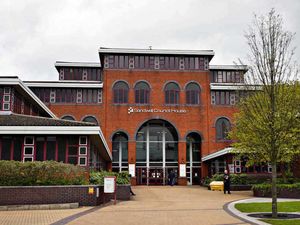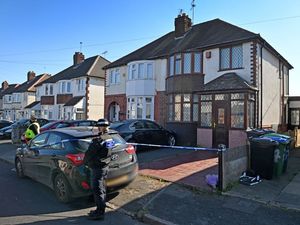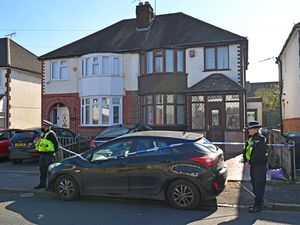Meeting on public transport cancelled due to delays to public transport
A meeting to discuss a bus improvement plan and wider public transport remedies in Sandwell was cancelled – because councillors were delayed by public transport.

The Economy, Skills, Transport and Environment Scrutiny Board was set to meet on Thursday evening last week to comment on public transport in the borough, but the meeting was cancelled.
When asked by the Local Democracy Reporting Service (LDRS) about the cancellation, a spokesperson for Sandwell council said it was due to “deteriorated” public transport.
“The meeting was cancelled under the instruction of the vice-chair, councillor Taylor (in the absence of the chair, councillor Simms) – the decision was made based on the deterioration to public transport and travel in general at that time.
“The meeting will be rescheduled, but the date is still to be determined.”
The meeting itself was set to comment on a bus service improvement plan – reviewed by the West Midlands Combined Authority (WMCA) – to improve passenger services and reliability in the region.
Passenger levels have recovered better than most other parts of the country, WMCA suggests, but continued reduction of passengers and revenues have result in a £6 million pressure to maintain a network equivalent to 90 per cent of mileage operated prior to the pandemic.
In Sandwell, only one route, the number 22 from Tipton to Wednesbury, has been cancelled. A petition to save the number 45 is currently ongoing.
New or improved transport infrastructure in the West Midlands, except for projects costing in £50m or more, is now predominantly funded through the City Region Sustainable Transport Settlement (CRSTS).
Current bus projects in the region include the £56 million SPRINT corridor between the A34 and A45 – of which a small amount lies in Sandwell.
Segregated cycle lanes and bus priority measures between Wolverhampton and Hagley Road at £29 million are also in development.
A £12 million segregated cycle lanes and bus priority measures between Burnt Tree and Great Bridge; and a £19 million cycle lane package around the new Midlands Metropolitan University Hospital, are also under development.
The meeting was also set to discuss the West Bromwich e-scooter trial zone, following the end of the trial in November 2022. While the e-scooter contract with company Voi was further extended to February this year, Sandwell chose not to extend the trial.
West Bromwich was originally chosen as the location for the Sandwell element of the trial based on its high footfall; low speed roads due to West Bromwich’s 20mph zone; transport links; day time population – at approximately 13,600 – and size.
50 scooters were deployed in West Bromwich. There was provision to expand to 150 if demand indicated a need but this was never achieved, according to council documents.
Transport for West Midlands has not carried out a evaluation for the scheme – due to its small nature – but Sandwell council confirmed rides numbers to be as low as 117 in January 2021, to a high of 402 in June 2021. The monthly average was 223.
Over the 21 months, 13 slight injury accidents and one serious injury were recorded in Sandwell. An average of 36 per cent of e-scooter trips replaced around 5,700 car trips in West Bromwich, with 2.1 tonnes of carbon dioxide reduced.
The report noted: “The West Bromwich trial area was very small compared to almost all other trial areas, and the level of utility or commuter trips in the other trial areas is likely to be have been significantly higher as a result.
“Commuter trips in particular are more likely to transfer from cars but the opportunity for such trips in West Bromwich was very limited. The Voi estimates should therefore be treated with a great deal of caution.
“The longest realistic trip that could be carried out within the trial area was around 1km or two-thirds of a mile. Furthermore, because the residential areas within the trial zone were within easy walking distance of most of the trip attractors within the zone, the opportunity and attractiveness of end-to-end trips was limited.”





